
views
X
Research source
To help you prepare for your next bidet adventure, we’ve put together a guide on everything you need to know to use a bidet properly, easily, and hygienically.
Mounting the Bidet
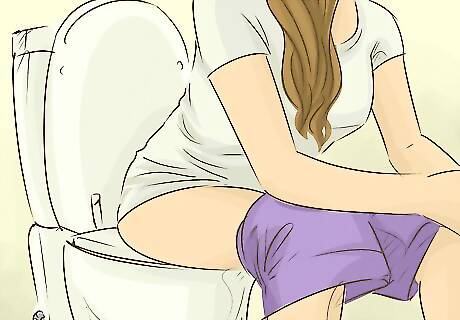
Use the toilet first. The purpose of the bidet is to help clean off after toilet use. You can use the bidet in conjunction with toilet paper, or you can use the bidet on its own. Some people believe that using a bidet is a hygienic substitute for toilet paper, but many choose to use both.
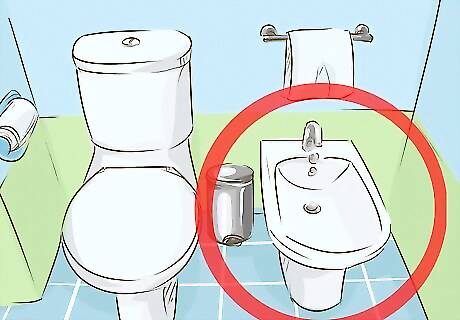
Find the bidet. Sometimes, the bidet is located near the toilet, attached to the wall: it looks something like a low sink or a toilet with a faucet. However, many modern bidets are built into the toilet seat, so you don't need to get up to straddle another fixture. There are three main types of bidet: the standalone bidets found in Europe, the handheld bidets found in some households, and the toilet seat bidets, embodied on the seat cover or fixed on the back or side toilet rim, called add-on bidets, that are common in Asia. Standalone bidet: These bidets are separate fixtures that usually sit right next to the toilet. Sometimes, however, you'll find them across the room, or down the hall. Either way, you will need to use the toilet, then stand up and move over to the bidet. This is the original model of the bidet that originated in 18th-century Europe. Add-on side-toilet rim or seat bidets: Many bathrooms in Asia and America don't have the space to accommodate a separate fixture next to the toilet – so many toilets are designed with built-in bidets or fixtures that fit over the toilet side rim or the seat. This way, you don't need to get up to clean yourself. Handheld bidet: A bidet that hangs on the wall, and must be manually moved to the desired position to use.

Straddle a standalone bidet. On most standalone bidets, you can choose to face the bidet's water controls – or you can face away from them, as you would on a toilet. It is usually easier to control the temperature and flow of the water if you face the controls. You will be able to see the water as it comes out, so you might have a simpler time cleaning yourself. If you are wearing pants, you may need to remove them to straddle the bidet facing the controls. If you don't want to completely take off your pants, try stepping out of one leg so that you can swing your legs around the bidet. In add-on bidets, things are much more straightforward. You do have not to take off your pants. In standalone bidets ultimately, the way you face may be dictated by the position of the jets, and which area of your body you wish to clean. That is to say: if you need to clean your front, it might be easier to face the jets. If you're cleaning your rear, try facing away from the stream.
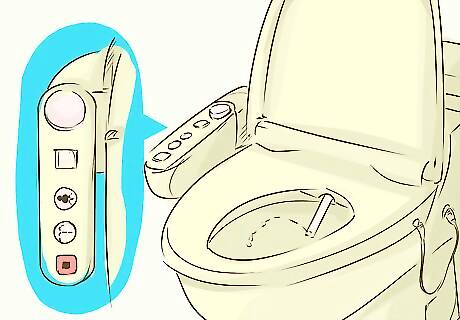
Activate a toilet seat bidet. Look for the “Wash” button on the bidet’s remote control, which is usually mounted on the wall next to the toilet. You may also find the button on the toilet itself. A nozzle will appear beneath you and rinse your nether regions with a stream of water. When you're done, simply press the “Stop” button. The nozzle will rinse itself off and retract back into the seat. In mechanically controlled add-on bidets, you just turn the lever or pull a string and turn the mains valve.
Cleaning Yourself

Adjust the temperature and jet strengths for comfort. If the bidet has both hot and cold water controls, start by turning on the hot water. Once it's hot, add the cold water until you have a comfortable temperature. Be very careful when turning on the water, as many bidets can produce a very high jet of water with only a slight turn of the control. You may find that you need to hold the control to keep the jets on. In normally hot climates, such as the Middle East, you should start with cold water. The water will not need time to heat up, and you may end up burning sensitive areas if you turn the hot water on first. Be sure that you know where the water nozzle is, or you could end up with a surprise shower. If your bidet does have a spray nozzle set in the bowl (unlikely in the UK due to regulations), place your hand above it to subdue any jet of water and then either press or pull the diverter lever between or immediately behind the taps.
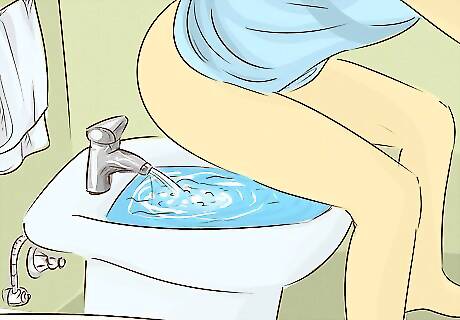
Position yourself. Sit or squat over the stream so that the water hits the area you need to clean. You can continue to hover above the bidet, or you can sit down on it. Note that most bidets don't have seats, but are still meant to be sat upon; you just sit directly on the rim. Some bidets do not have jets: they simply have a faucet that fills the basin, much as you would fill a sink basin. In this latter case, you'll need to use your hands to manually clean yourself. When you use a mechanically handled bidet after you had finished the "job", you don't do more than use the external mechanism to turn the water jet nozzle to the center of the bowl and turn on the water supply valve, which is on your hands reach beside the bowl. On those bidet types, as the water jet is very thin, you don't usually feel the water temperature. Of course, in some cases you can use warm water, taking the water from the bath's supply.
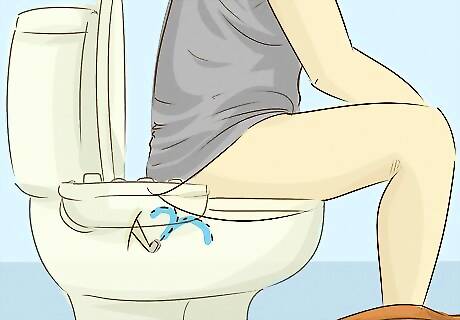
Clean your rear and/or your genitals. If you're using a bidet with a jet, then you can mostly let the force of the water do its work. If you're using a basin, then you'll need to get your hands dirty. Either way, you might consider using your wet hands to "scrub" the area clean more quickly. You can always wash your hands afterwards! Consider combining the bidet with toilet paper. You can use the paper at the end, to finish the job, or you can dampen the toilet paper in the water and use it to wipe yourself clean.
Following Up
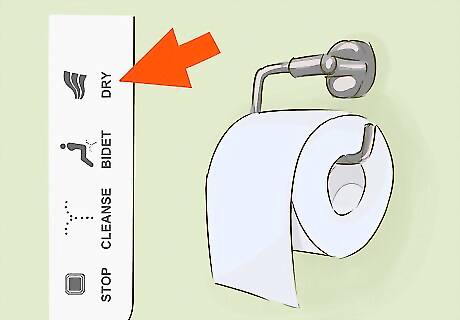
Dry your skin. Some bidets have a built-in air dryer that you can use. Look for the "Dry" button next to the "Wash" and "Stop" features. If there's no air dryer, simply pat yourself dry with toilet paper. Many bidets have a towel on a ring positioned next to the bidet. This is meant for drying the genitals or the hands, but sometimes it is used for mopping up any splashes around the rim after rinsing it.
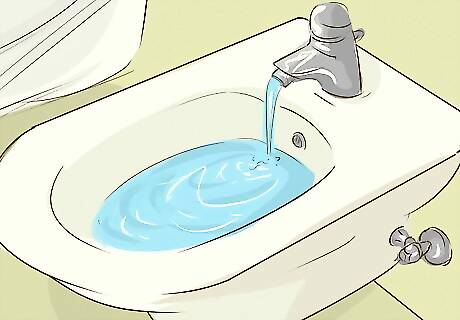
Rinse out the bidet. Once you are off the bidet, run the jets at very low pressure for a few seconds to rinse the basin and keep the bidet fresh. This is a matter of discretion and common courtesy. Make sure to turn off the jets before you leave the bathroom. If you run the stream, you'll waste water.
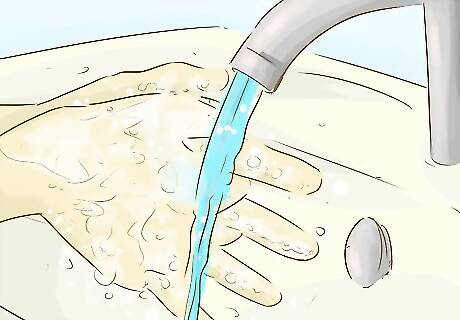
Wash your hands. Use soap and water, as you would any time after using the toilet. If you can't find soap, use whatever's available.













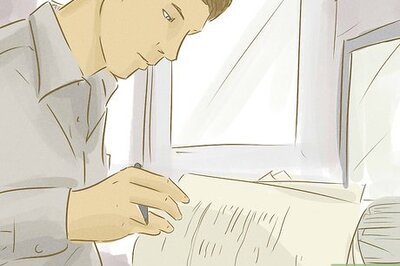


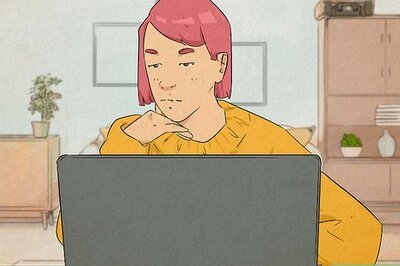


Comments
0 comment